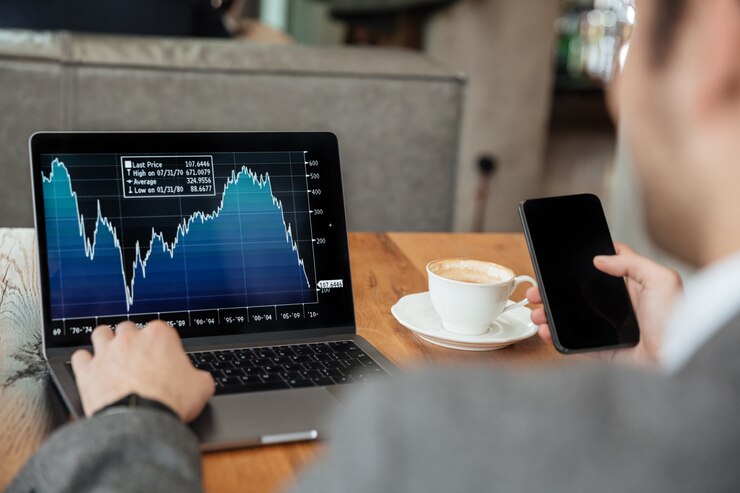



With CFDs you don’t have ownership of the actual assets. Rather, you exchange the price difference of the underlying asset, from the time that the contract was opened to when it is closed. This closing date or contract expiry date is not fixed, making CFDs different from other forms of derivatives, like futures. Your contract can be for the short term or continue for the long term. One advantage of trading CFDs is that you can speculate on price movements in any direction, up or down. The gain or loss that you make will depend on whether your forecast pans out. With CFDs, you can trade a large variety of assets, including currencies, equities, indices, cryptocurrencies (including bitcoin) and commodities. It is necessary to understand how CFDs work before trying your hand at it.
